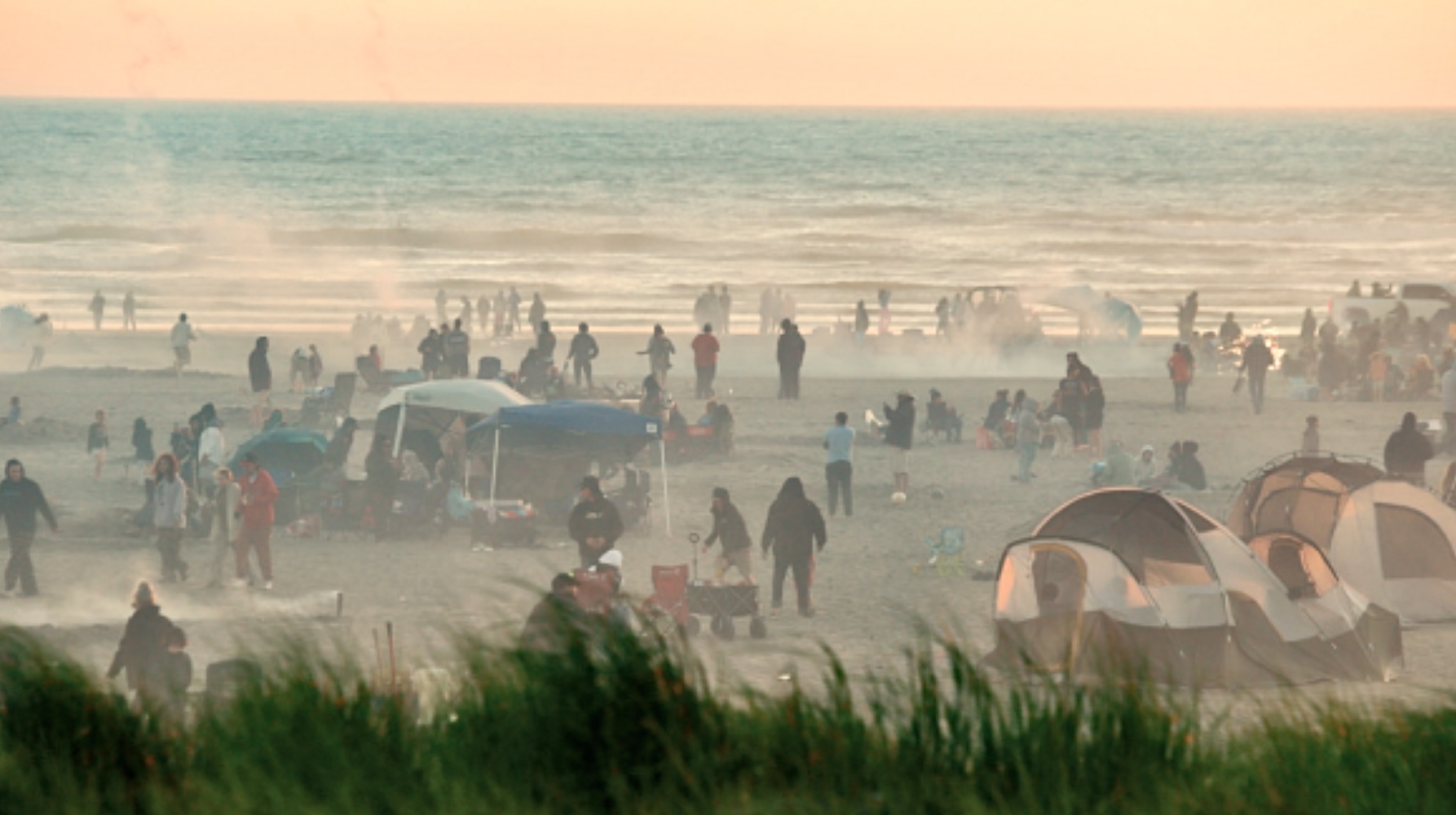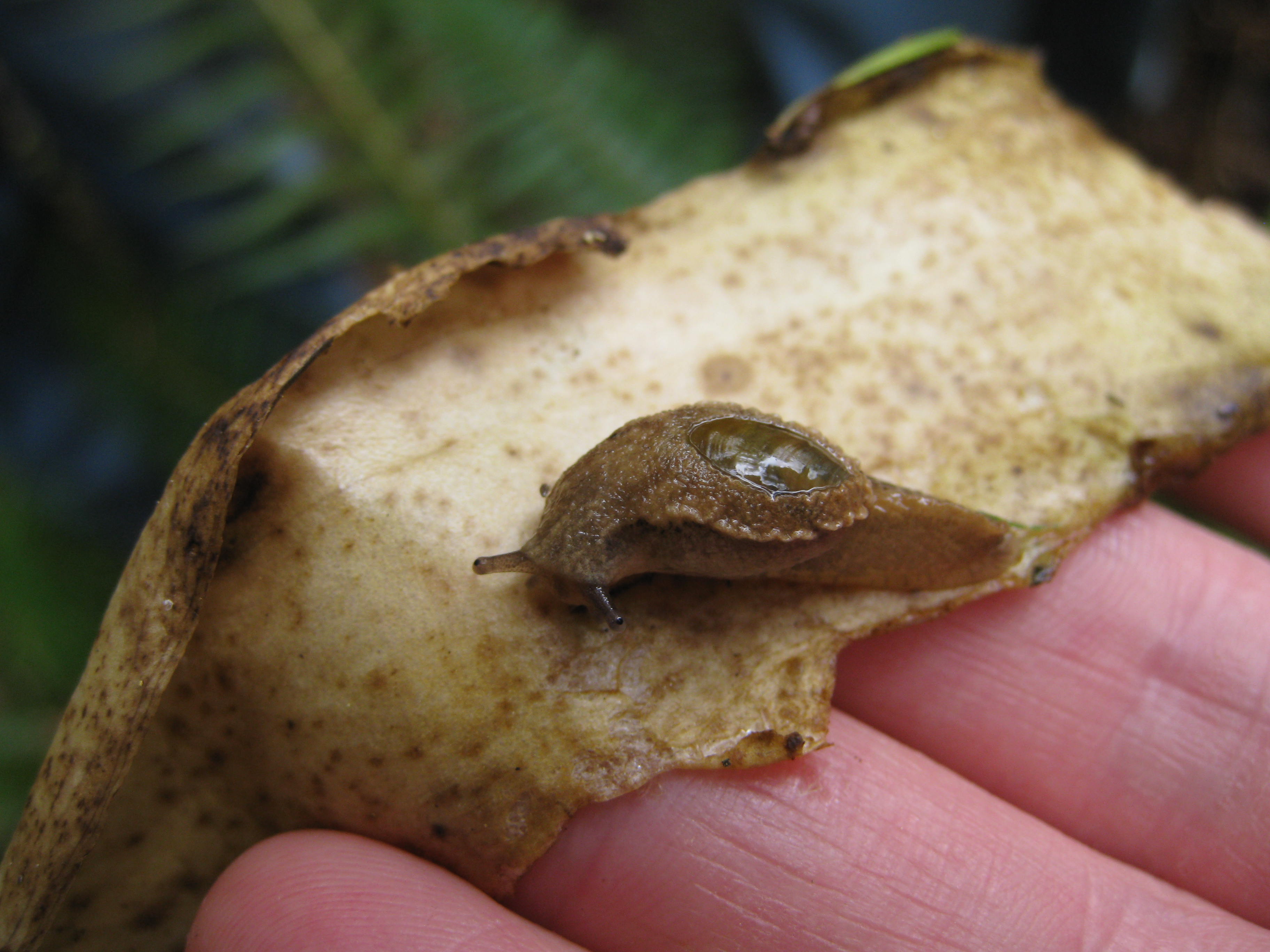Pacific Conservation District wary of election proposal
Published 1:45 pm Sunday, November 29, 2020

- Ballot boxes close at 8 p.m. on election night in Washington. But ballots postmarked on or before Election Day will still be counted up to 20 days after the election.
Washington conservation districts are divided on whether to reform how supervisors are elected, an issue raised by legislators concerned about the often low-profile elections.
A majority of conservation district supervisors and managers polled during a Nov. 21 video conference backed retaining district-run elections. There was less support for selecting supervisors during general elections.
General election advocates argue that low-turnout, in-house elections don’t support accountability. Critics say general elections would be costly, politicize districts and reduce the pool of candidates.
Local doubts
Mike Nordin, manager of the Pacific and Grays Harbor conservation districts, said participating in general elections would divert thousands of dollars from already-tight budgets. Conservation districts would have to help pay to print, mail and count ballots.
Nordin also warned about politicizing the offices.
“Even though it’s a non-partisan thing, you’re going to get more of the political parties trying to influence putting people on our boards, he said. “That worries me greatly because it’s going to get away from what our mission is.”
Nordin said the push for conservation supervisors to be placed on the ballot mostly is driven by King County, where there is a feeling that doing so would result in more diverse representation. As it is, the King County Conservation District gets pushback on its “rates and charges” method of funding, in which fees are levied on each parcel of property, including condominiums. King is one of 17 of the state’s 45 districts to utilize this funding method; Pacific and Grays Harbor do not.
Cost-effective conservation
The Pacific Conservation District carries out numerous projects on its own and helps private individuals and businesses design 100 to 120 “best management practices” plans each year.
For the past two years, the district has been deeply involved in a dynamic revetment project in the North River area of Willapa Bay’s erosion-prone northwest shore. Thanks to this work, the area has accumulated new sediment the past two years, the first shoreline growth there in a century, Nordin said.
Another recent project reopened 16.9 square miles of salmon habitat at a cost of $1.8 million — which Nordin said is a remarkable bargain compared to much smaller and more costly restorations elsewhere in the state.
Argument for general ballots
Washington State Conservation Commission policy director Ron Shultz cautioned supervisors and managers that some lawmakers expect changes.
“Keep in mind that there’s this undercurrent of interest in the Legislature around equity and inclusion that is becoming a factor in the conversation around special-purpose district elections,” he said.
The state’s conservation districts each have five supervisors — two picked by the state commission and three selected in elections that generally draw few voters. Pacific County’s district supervisors are Chairman Al Lougheed of the Smith Creek area of north county, along with Vice-chair Brian Sheldon on Ocean Park, Auditor Mike Lignoski and members Chase Metzger and Rebecca Chaffee.
A district can hold an election anytime in January, February or March. The window to vote can be as short as four hours. Some districts hold elections in conjunction with an annual meeting or a plant sale.
The state House in 2020 considered a bill to have all five conservation district supervisors elected in even-year November elections. The bill didn’t pass. The bill’s prime sponsor was unseated in the recent election.
Nevertheless, conservation districts and other special-purpose districts are still under pressure to be more accountable to the public, Shultz said.
The state commission and conservation districts had operating budgets totaling $14.1 million and capital budgets totaling $23.8 million in 2019, according to the state commission’s annual report.
The state commission could implement some reforms on its own, but the Legislature would have to approve moving conservation district elections onto general election ballots.
—With additional reporting by the Chinook Observer






